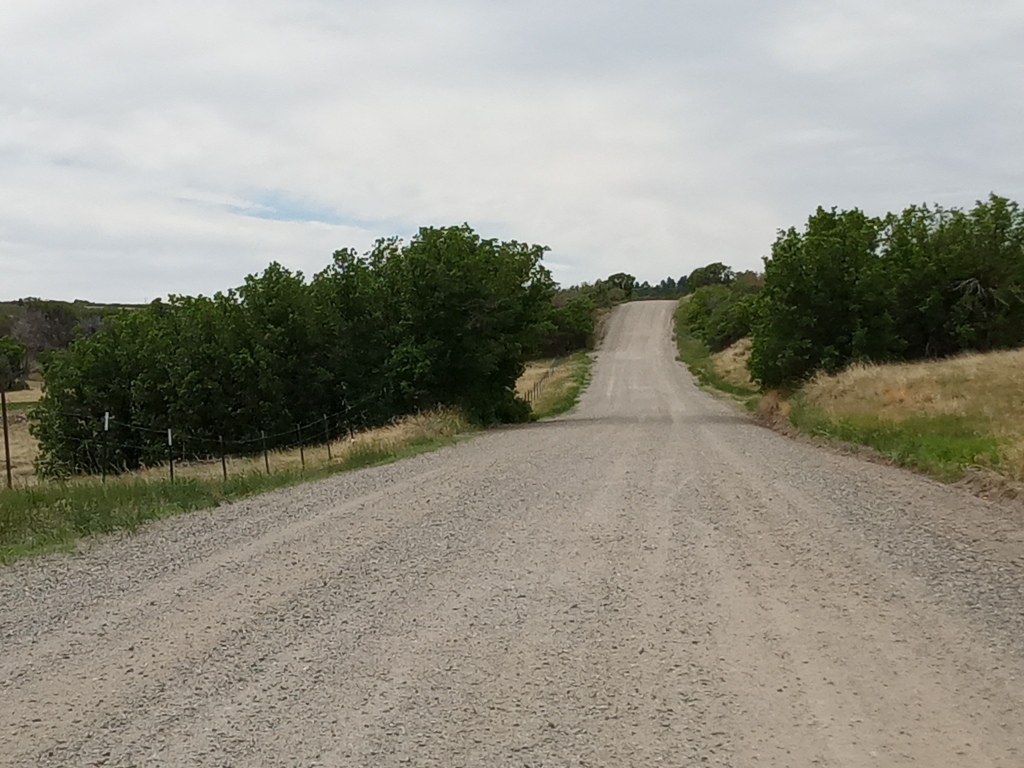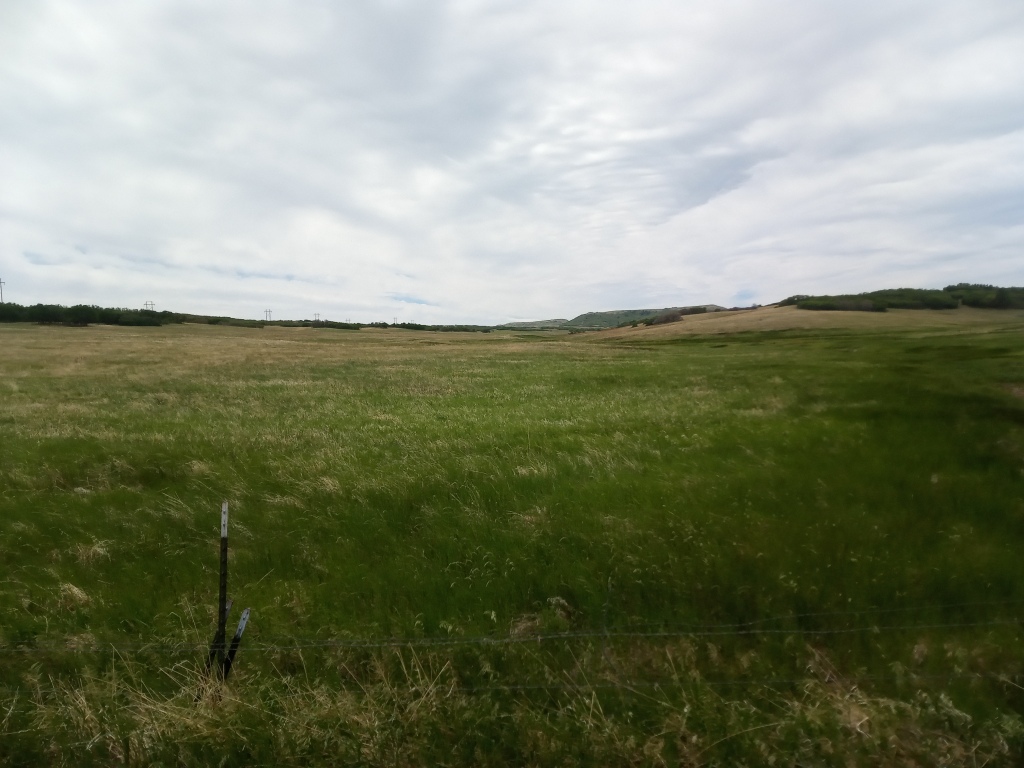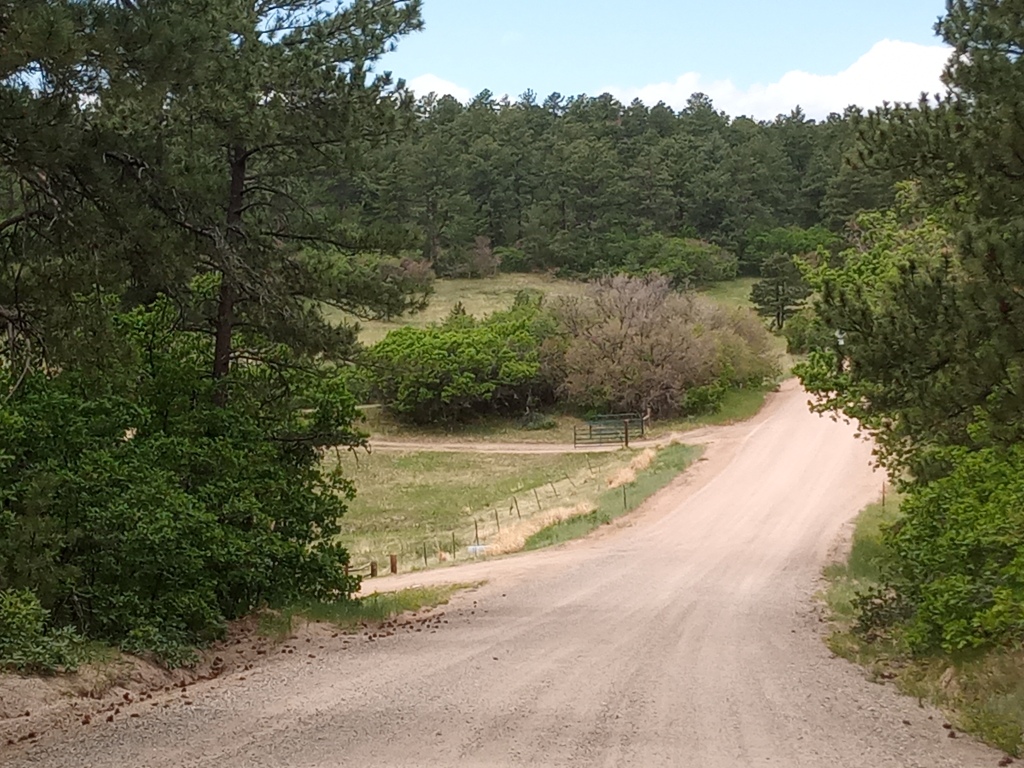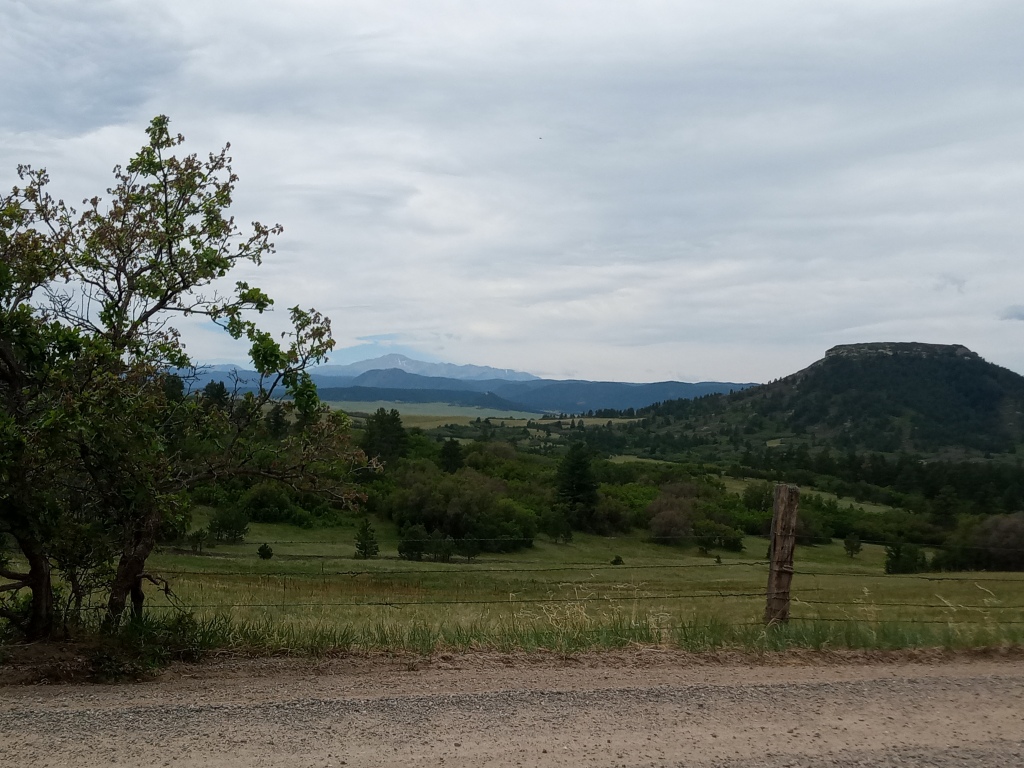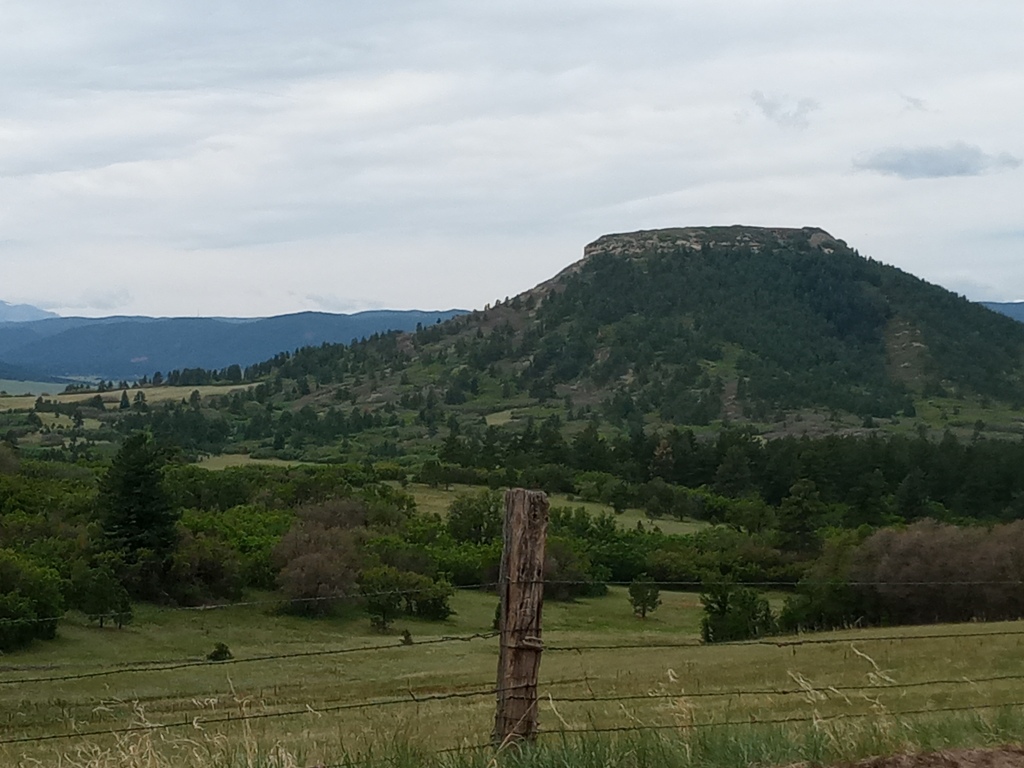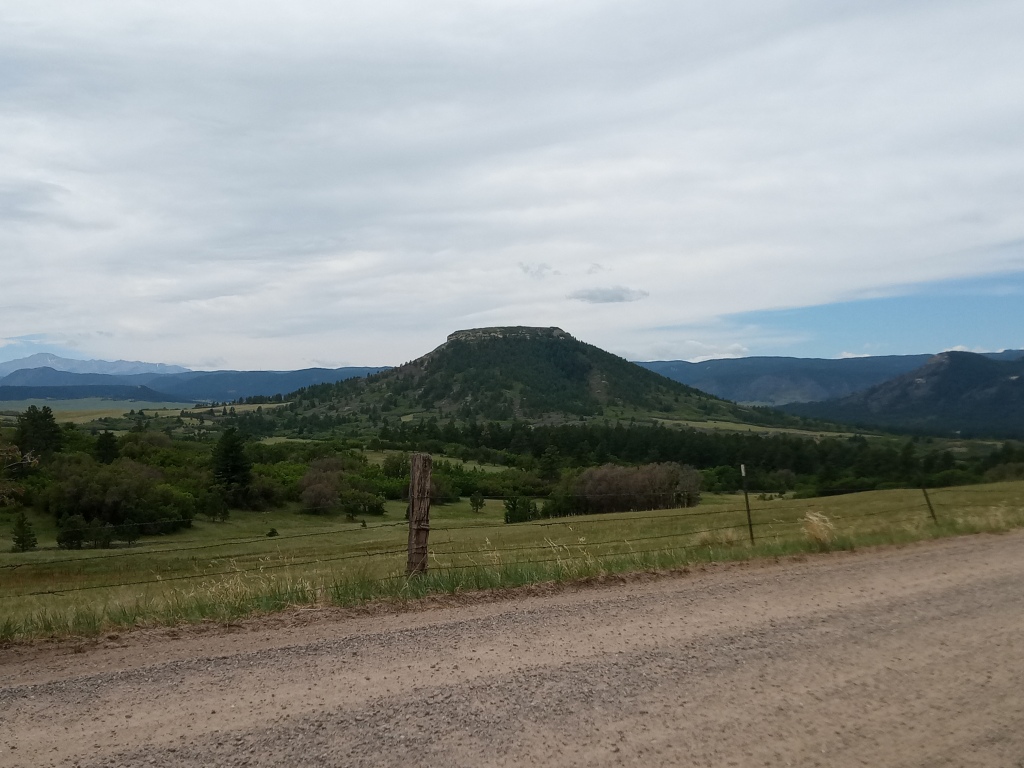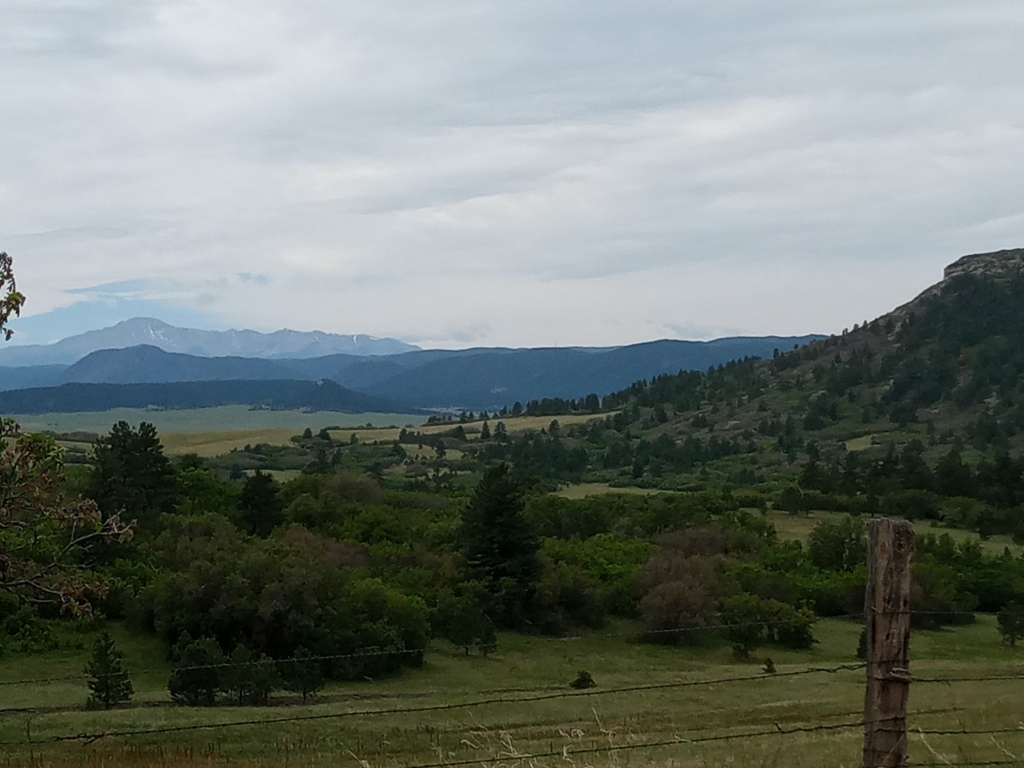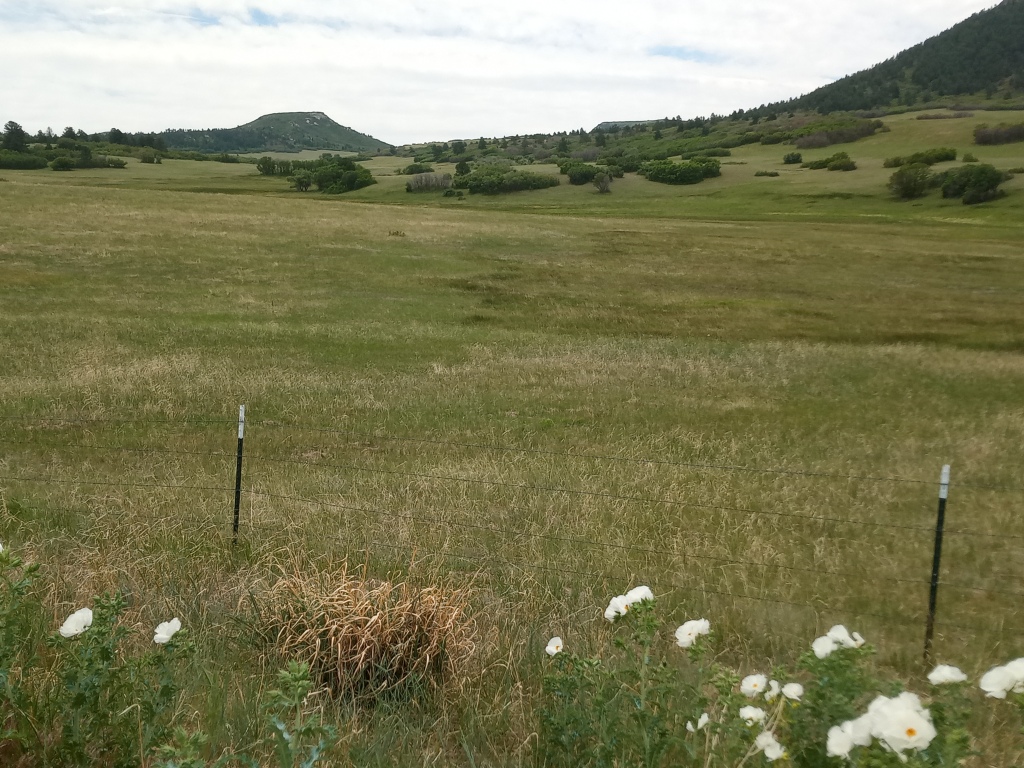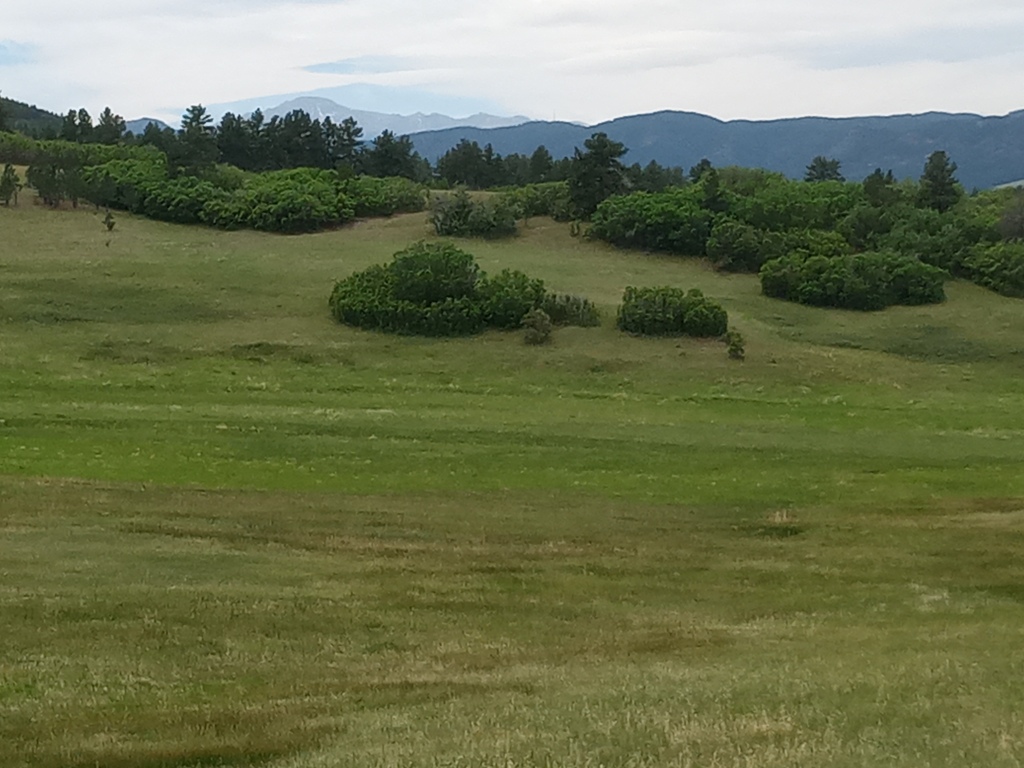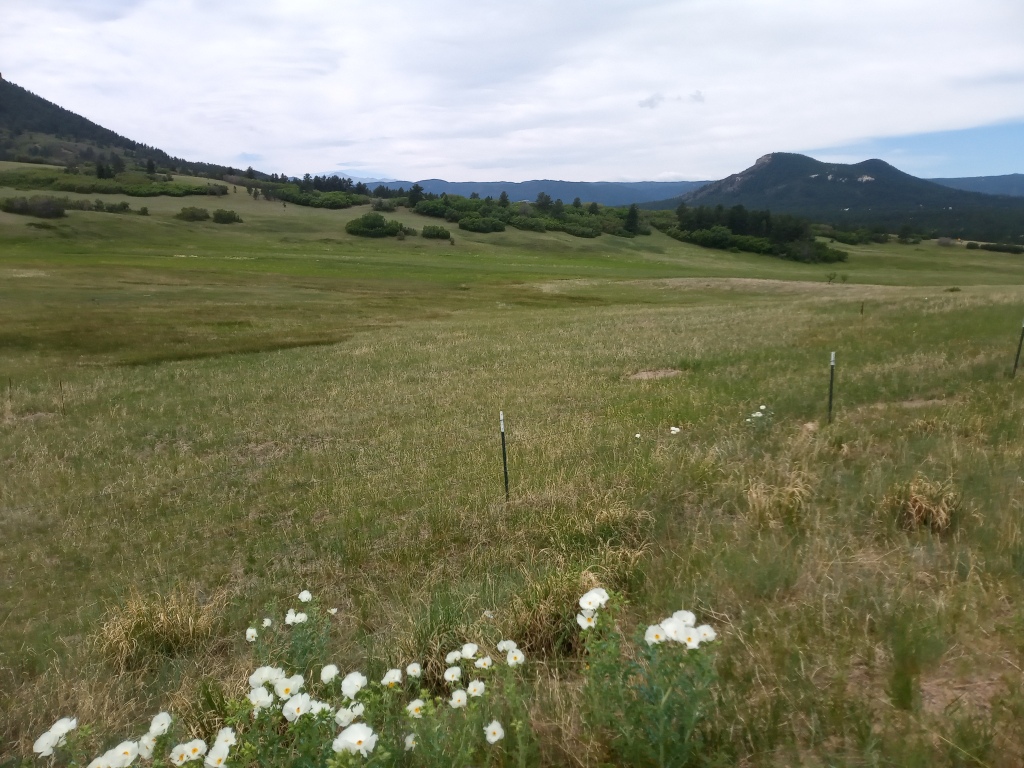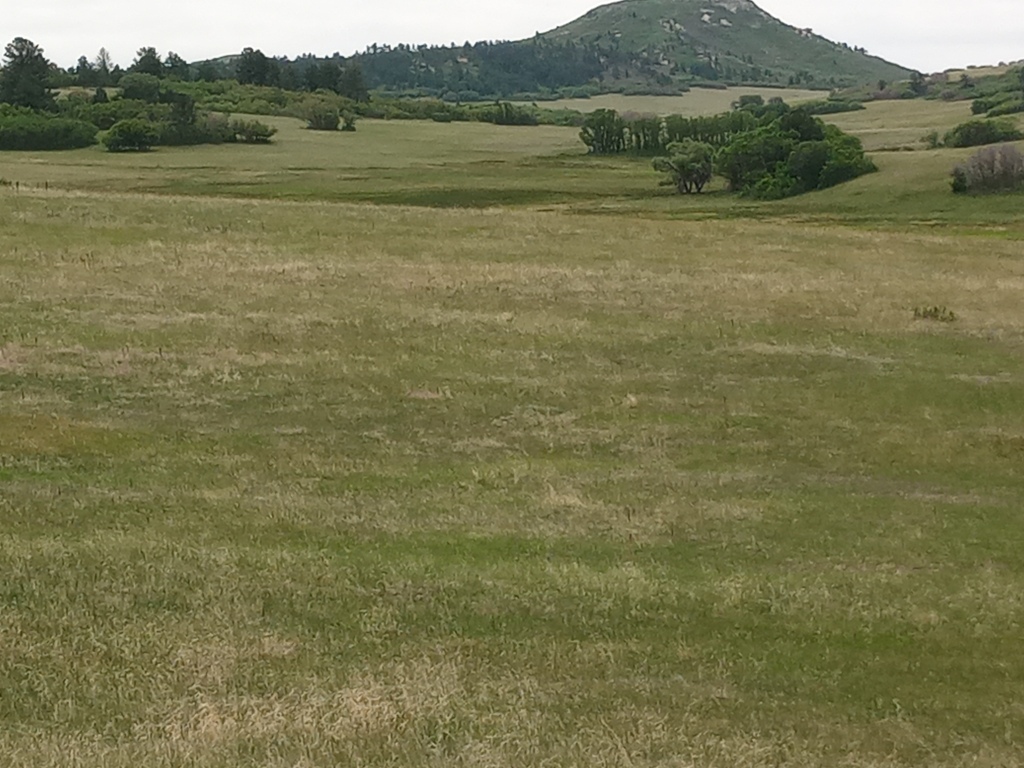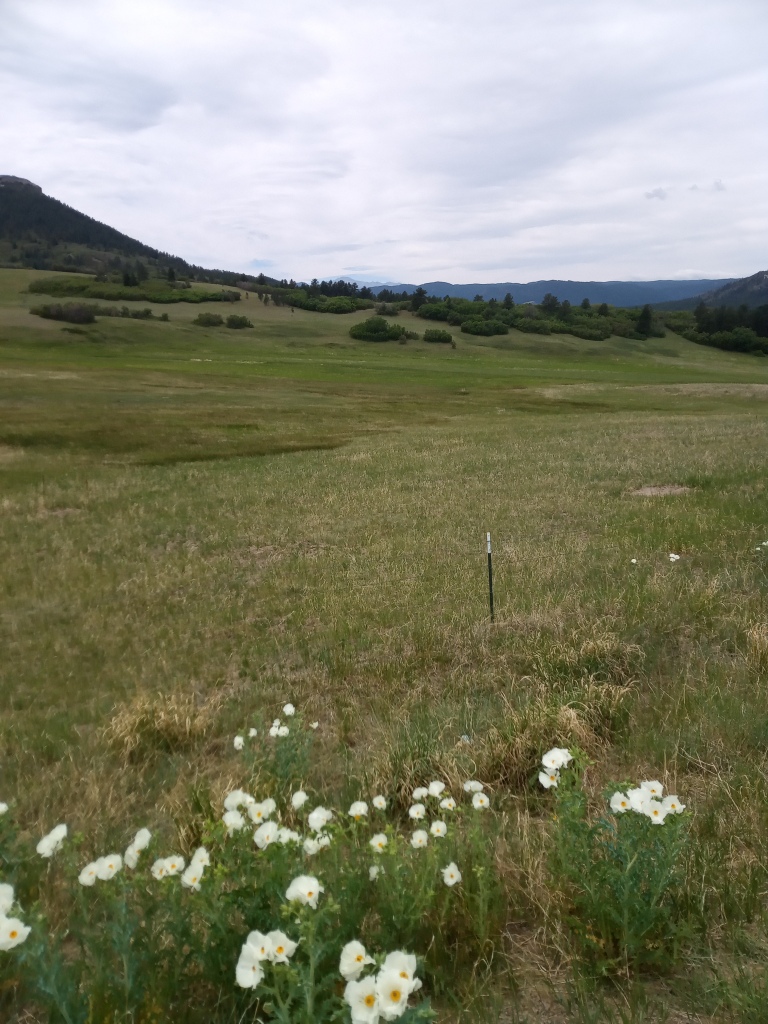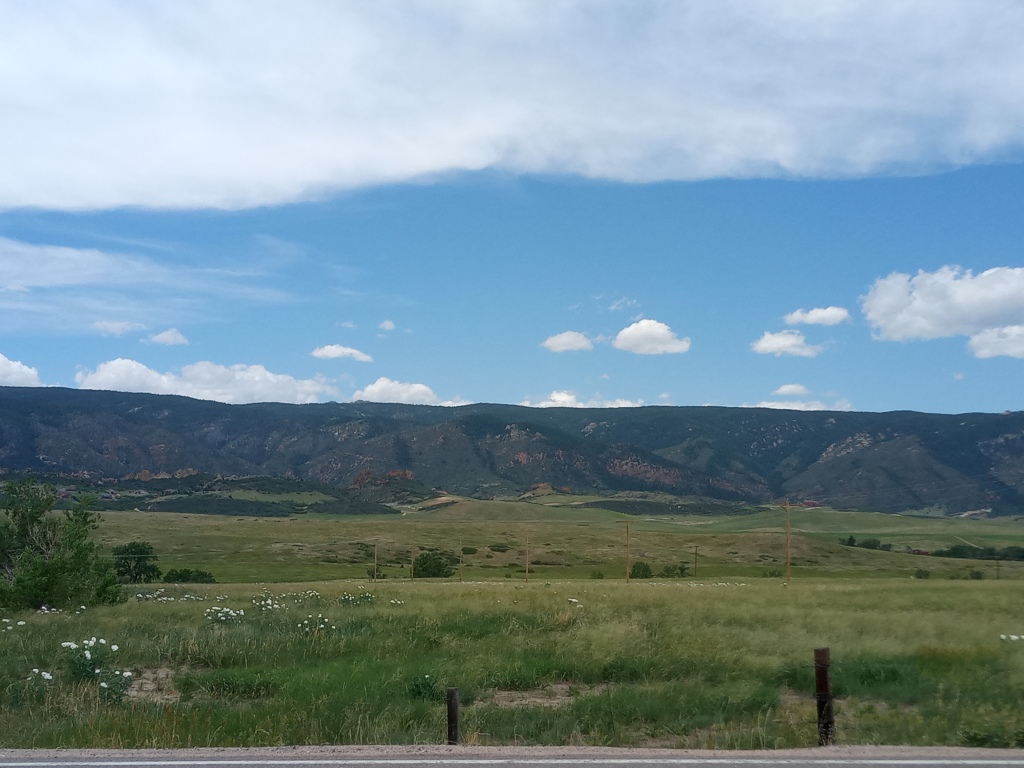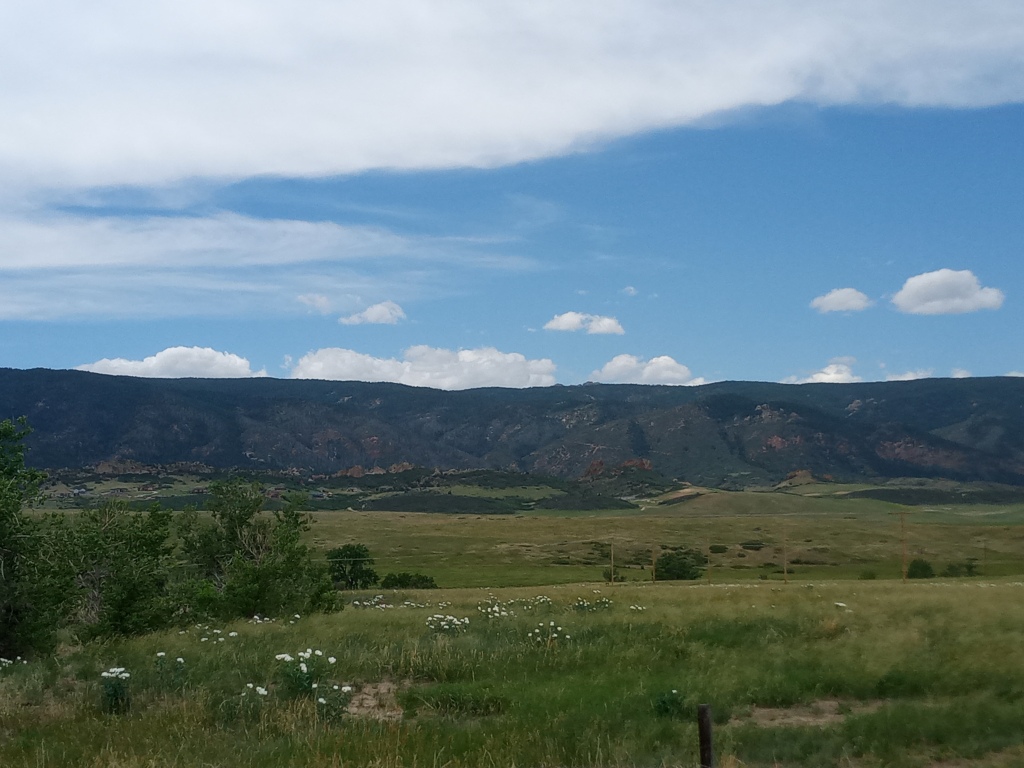Ahhh! Is it 2009 already! I guess it would have to be, but I’m really not prepared for 2009. I liked 2008 – as a number – much better. Funny, because I would prefer 9 the digit to 8.
Ok here is what I have read so far (and I’ve told you everything, but not all together):
10 Most Common Objections to Christianity by Alex McFarland (This is a book that our high school girls small group went through this fall. It was a really good defense of the Bible and the existence of God. We got a basic course in apologetics through it. The appendix for small groups in the back was a great help. My one reservation is the weakness of his chapter on evolution – but only in the area of the age of the earth. If I were a skeptic, I don’t think I would be flattened by all of the points in this book, but some of them are pretty convincing!)
Desiring God by John Piper (Read this book. Don’t get turned off by the term “Christian hedonism.” Christian is an important modifier. God calls you to enjoy Him, for life in Him and through Him to be all about relationship. Get some good teaching on some great verses to help you put it into practice!)
Coming to Grips with Genesis by Terry Mortenson and Thane H. Ury (see full review)
The Empty Cradle by Philip Longman (see full review)
Prodigal God by Timothy Keller (see full review)
Old-Earth Creationism on Trial: The Verdict is In by Dr. Jason Lisle and Tim Chaffey (see full review)
The Grand Weaver by Ravi Zacharias (A quick read, unusual for this author, this book is a how-to on finding God’s will for your life, emphasizing faith in the sovereign plan of God. Using the illustration of the father-son teams of weavers who make the wedding saris of India, Dr. Zacharias talks about the perfection of the Father’s plan even when we don’t see the design emerging yet. One of his favorite topics is the Trinity: “unity and diversity in community”, and he uses it to communicate the love of God for us His children. The second half of the book, comparable to other reformed works on the purpose of a Christian’s life, focuses on worship as a way of life. In this book the Anglican roots of the author emerge more than in anything I have read or heard of his, as he revels in the imagery and tradition of the church as it pertains to worship. The best part about this book to me was the quotes, which I can hear Ravi reciting in his crisp Indian-accented English. I wish I could live in his library, because I have no doubt that this Christian apologist owns copies of the cherished volumes he quotes. )
Persuasion by Jane Austen (Yes, I read it again. And it is still wonderful, far exceeding any movie renditions to date. I want everyone to know this sweet story and to emulate the gentle, helpful, good, passionate Anne Elliot. I also wish everyone to have her happily ever after!)
The Eighth Shepherd by Bodie and Brock Thoene (Centered on the story of Zacchaeus, this dramatization of the gospels teaches the importance of humility before the Shepherd-King who hears prayers and has come as doctor to the sick. Enter Jericho. Read of figs, taxes, sycophants, blind men, slaves, and the faith that could set any man or woman free. Ask the question with Shimona whether it is better to be sick and know your need or to be healed by an excommunicant and feel alone. Why does God save and heal? What comes after that? Perhaps God sends out the healed as instruments of more healing. Shimona demonstrates courage, faith, gentleness, and a choice-love that doesn’t make sense but won’t be denied. Can God use the love of His children to soften the hearts of the sick and the lost? I loved the Ezekiel passage about shepherds placed between chapters. What a warning to Christian leaders, and encouragement to those who are fed by the Great Shepherd.)
Chronology of the Old Testament by Dr. Floyd Nolen Jones (see full review)
Ninth Witness by Bodie and Brock Thoene (is another of their novels dramatizing the life of Christ, this time focusing on his twelth year Passover in Jerusalem. I confess I didn’t like this one as much as most of this series. The authors seem to be making Jesus and Simon Peter boyhood friends, and they felt it necessary to portray Mary and Joseph as adopting children rather than them being fathered by Joseph and mothered by Mary, the plainest interpretation of the New Testament account.)
The Chosen by Chaim Potok (see full review)
Pagan Christianity? by Frank Viola and George Barna (see full review)
Reimagining Church by Frank Viola (see full review)
The Shadow Within by Karen Hancock (see full review)
Newton’s Revised History of Ancient Kingdoms by Sir Isaac Newton (see full review)
Shadow Over Kiriath by Karen Hancock (see full review)
Unveiled Hope by Scotty Smith and Michael Card (see full review)
Pride and Prejudice and Zombies by Jane Austen and Seth Grahame-Smith (Despite contamination with inappropriate and disturbing material, this is a parody of the classic novel beloved by refined women everywhere. I get the impression that Seth believes he can improve Jane Austen’s work. Often retaining the original language, he adds his interpretation of the story – things you know he was always longing to say he guessed about the characters’ true intentions or activities – and the ridiculous addition of zombies. Most versions of Pride and Prejudice retain the same characters and plot, but this is a rather amusing twist that ends up changing the characters significantly. To describe this book I have told everyone that the famous scene where Mr. Darcy first proposes involves the exact dialogue of the original, but Elizabeth and Mr. Darcy are literally dueling. Go figure.)
Already Gone by Ken Ham and Britt Beemer with Todd Hillard (see full review)
Betrayal: France, the Arabs, and the Jews by David Pryce-Jones (A summary of centuries of French policy and prejudice, including some world history especially in the 20th century. David Pryce-Jones researched the archives at the Quai d’Orsay for internal memos and official reports detailing the Foreign Ministry’s policies towards Jews and the Arab world, proving that all France has ever intended was to be more prominent and powerful than the Jews or the ‘Jewish-dominated’ United States.)
The cry in Cry, the Beloved Country by Alan Paton, is not a yell from rooftops. This is a crying book, with tissue and red eyes and the ache in your throat when you try to hold back the tragedy from taking over you. There are no answers in this book, only the brave resolve to do what is right and to speak the truth, knowing that some things belong to God, and He alone can rescue mankind. South Africa, like all of our nations, has for decades and centuries been in the brokenness that needs God. Still men are praying, and crying for their beloved country.
JRR Tolkien: Myth, Morality & Religion by Richard Purtill (see full review)
Get Married by Candice Watters (Some encouraging stuff and some challenging ideas and some points of view that weren’t helpful. I believe God wanted me to read the book, so I did.)
Gertrude McFuzz by Dr. Seuss; Yertle the Turtle by Dr. Seuss; I had Trouble Getting to Solla-Sollew by Dr. Seuss; The Butter Battle by Dr. Seuss (who knew Dr. Seuss didn’t just write silly nonsense! Some of his books are actually allegories and parables. I much prefer them if they rhyme, but am rather unhappy when the rhyme is only accomplished by inventing a word.)
The Ultimate Proof of Creation by Dr. Jason Lisle (see full review)
Return of the Guardian-King (Legends of the Guardian-King, Book 4)
by Karen Hancock (see full review)
Peter Pan by J.M. Barrie (The classic children’s story about growing up. Not quite like the movies. Great writing, quirky quotes. I cannot figure out whether JM Barrie was trying to say something with his story, or a lot of things as they popped into his head. He seems to be fond of manners and humility.)
God and the Nations by Dr. Henry Morris (see full review)
Perelandra by CS Lewis (is the richly poetic tale of Ransom’s trip to the planet Venus, where he encounters the first created woman of the land, the Eve. Ransom discovers the purpose for his visit when his old enemy, Weston, splashes into the Perelandrian ocean, bent to tempt the woman to prove she is “grown up” by moving out of the will of God. While this question is strongly presented, there are other parts of the story more moving. The opening description of the fluid islands and sensuous sights and smells, the intriguing but unfathomable moodiness of a world that is femininity incarnate – this is a strength of the story: the environment is a character. As a character, it can be accepted or rejected or even abused. Will one take the next wave as it comes? Does a man try to maintain his plane when the island swells first into a hill and then dips into a valley? If a fruit is good, must one drink of it again even when full?)
To God be all glory,
Lisa of Longbourn
Read Full Post »

